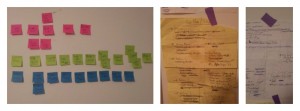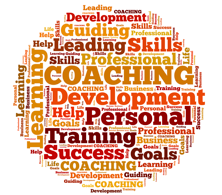I was recently engulfed by a swell of home improvement projects. My husband and I generally tackle these projects ourselves. This has gotten more complicated since I started the weekend program, as you can imagine. I usually act as the ‘project manager’ because of my past experience working with my family’s construction company. I’ll tell you now, I’m not a great project manager – I tend to keep everything stored in my head and with me being so busy with grad school this has complicated things.
We were moving out of our two flat and moving into a single family home. The two flat is a vintage 1920’s building and needs pretty routine upkeep and repairs. To make things a little more complicated, the single family home we bought is a fixer upper. The floors had to be done before we could move in but the ceiling had to be scraped, mudded, sanded, primed and painted before we could do the floors. Once we moved out of the two flat we had to clean up and paint out unit so the upstairs neighbors could move downstairs and then we had to clean up the second floor unit to list it and rent it. As you can see, a long chain of activities was developing!
There are priority jobs and wish list jobs. Without us both being focused on the priority jobs we both were a tending toward wish list jobs and experiencing scope creep!!! We had a couple of To-Do list floating around that we were both checking items off of as we went.
I realize now that, if we had started by making a work break down structure and then creating a project network, things could have been more efficient and smooth. Perhaps it would have been less overwhelming had we taken more time on the front end to map out our tasks! I went back to our To-Do lists and made a partial work breakdown and process map. The hubs agreed that it would have been easier had we done this at the front end.

Since the work break down structure is not a project plan but a list of the deliverables, taking the time to both create the work break down structure and the project process planning is highly advantageous!
There are lots of projects in our future but I don’t think I’ll ever again tackle another project without a written out and communicated on work break down structure!!

Now, on to the next project!
What other non-work spaces can you use a work breakdown structure and project network?
What mishaps have you had that could have been avoided if you had used a work breakdown structure?
Sources:
http://www.projectsmart.co.uk/work-breakdown-structure-purpose-process-pitfalls.php

